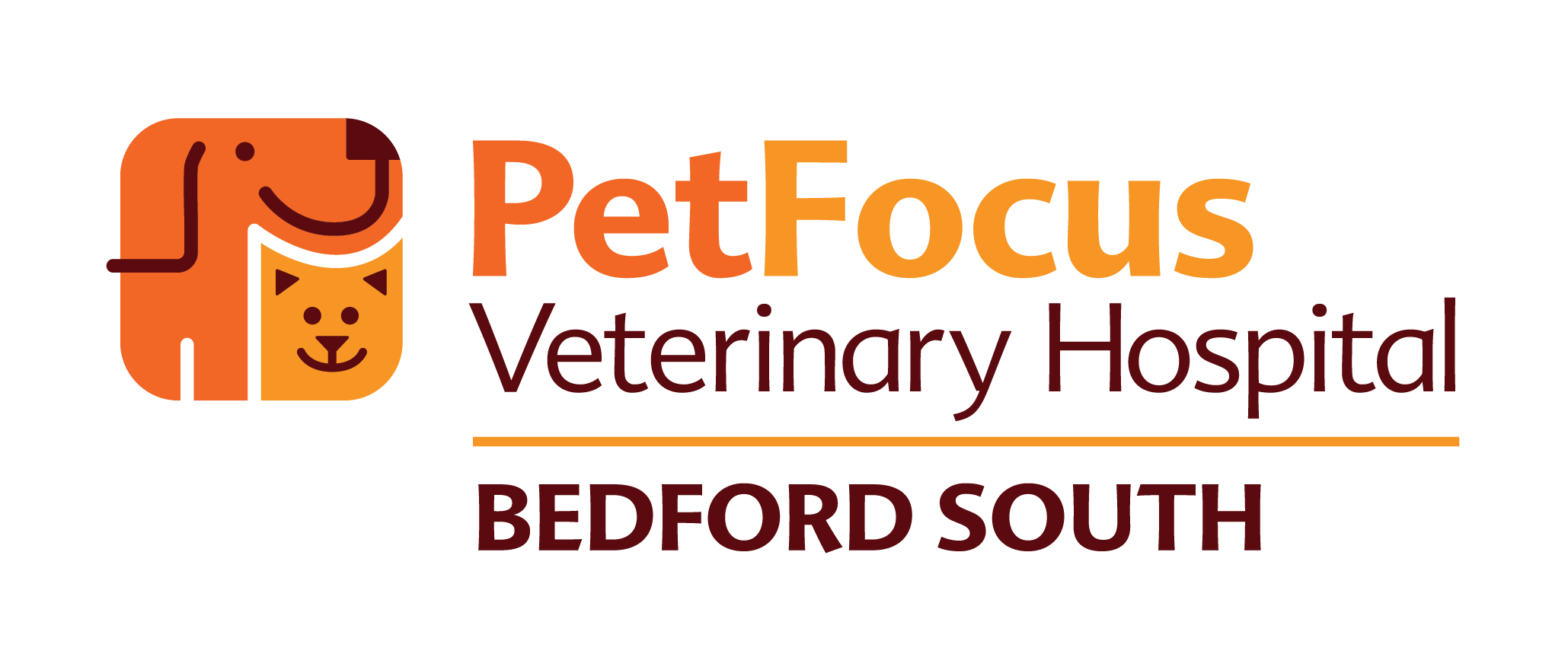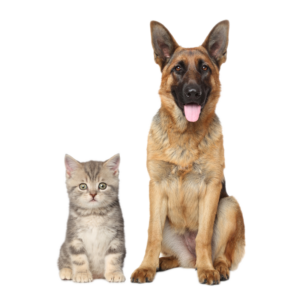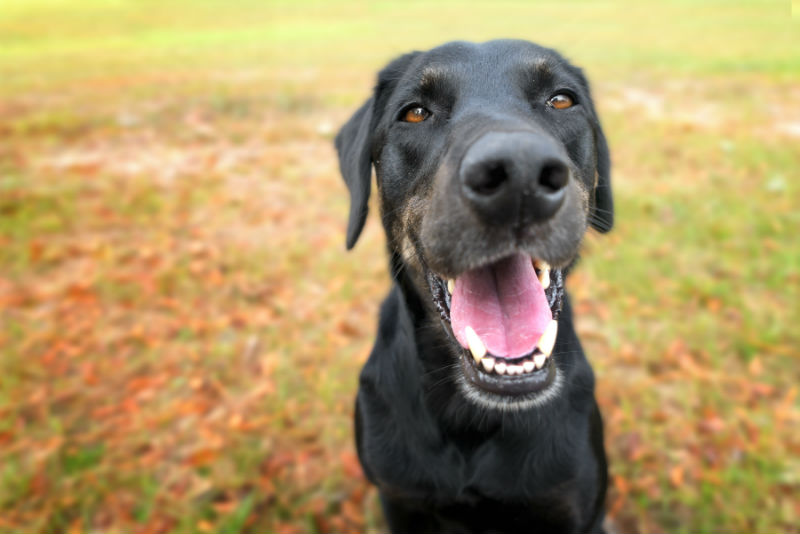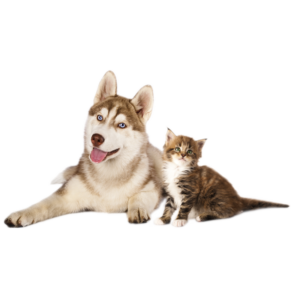The last time you took your dog or cat to the Veterinarian, he or she may have told you your pet needed a “dental.” I think that word leads our clients to believe that a dental is a simple procedure, that they can take it or leave it. There is much more to the entire process than these two syllables would have you think.
The proper term is a Comprehensive Oral Health Assessment and Treatment, or COHAT. The process starts during your pet’s physical exam, but can only be done correctly under full general anesthesia. Both dogs and cats need their teeth checked every year, and will likely need cleaning and a thorough exam more than once in their lifetime.
A COHAT is day surgery, meaning your pet is dropped off in the morning and picked up later that afternoon or evening. Once under anesthetic, every side of every tooth is examined. Every surface of the tooth is scaled to remove plaque and tartar, even the far side of the very back teeth. These would be impossible to reach without the patient being completely unconscious. We have to be able to open the mouth wide to reach the very back. In the end, the tooth enamel is polished, just like a dental hygienist does for people. While scaling cleans the teeth, it also leaves microscopic scratches that are a great place for new bacteria to live. Polishing smooths out these scratches, so there is no place for bacteria to set up shop.
The Veterinarian or Technician also measures the “pocket depth” of each tooth; how far a specialized probe will fit down the space between the tooth and the gum around it. All animals have a standard pocket depth, but the more diseased the teeth and gums, the more profound this pocket becomes – and the more space for bacteria to grow. This area is also carefully cleaned, as the dental disease starts below the gum line. Knocking the hard lumps of tartar off the visible part of the tooth may make it look clean, but it is vital to clean the gum line.
Radiographs (x-rays) are an essential part of any COHAT. Radiographs show us what is going on in the tooth roots and the jaw bone. A tooth may look okay above the gum line, but radiographs show us where the jaw bone is no longer holding the tooth firmly in place. These teeth need to be extracted.
Looking at the roots is very important for cats that develop stomatitis, a condition in which their body absorbs their teeth. This can be seen on a radiograph where the roots of the teeth are disappearing into the jaw bone. It is a very painful condition, and the tooth is usually removed, solving the problem for that tooth. In some cases, the roots are fully absorbed, and all the Veterinarian can do is cut off the crown of the tooth and sew the gum up over the roots to let the body continue to absorb them.
Radiographs are also used after a tooth has been removed, to make sure all of the roots are gone. Rotten teeth can break while they are being extracted. Very large teeth need to be cut into two or three pieces to be removed. We then take a radiograph to make sure there are no bits left in the gums.
You can see why it is essential for your pet to be under anesthetic for a Comprehensive Oral Health Assessment and Treatment. They need to be still, and their mouth completely relaxed so we can reach all the way into the back of their mouth to get every part of every tooth. To take radiographs, a small probe is put in their mouth near the tooth, and they cannot be chewing on this probe. The anesthesia makes the whole process more comfortable for a cat or dog. Even if you go to the dentist regularly, you know it is uncomfortable to have your teeth scraped and to have them cleaned under the gums. Imagine a dog who has never brushed his teeth in 10 years – those gums would be pretty sore. The anesthesia includes pain control and keeps the patient comfortable for the entire procedure.
General anesthesia is also necessary for dental extractions. Rotten or broken teeth need to be removed, and this cannot be done on a dog or cat that is awake. Teeth can be challenging to extract, even when they need to come out, and the gums have to be sewn shut afterwards.
The American Veterinary Dental College has some great information about dental procedures and photos showing the stages of the dental disease in pets. If your pet’s mouth looks like any of their photos, they are in need of a Comprehensive Oral Health Assessment and Treatment.
For more information, talk to your Veterinarian, Veterinary Technician, or visit these sites:
American Veterinary Dental College – information for pet owners
American Veterinary Dental College and anesthesia-free dentistry
PetFocus Bedford South – dog and cat dental care, and oral health information.
https://petfocus.ca/bedford-south/importance- dental-health- pets/
https://petfocus.ca/bedford-south/cat/dental- care/
https://petfocus.ca/bedford-south/dog/dental-care/
Written by Baleigh McWade, RVT



